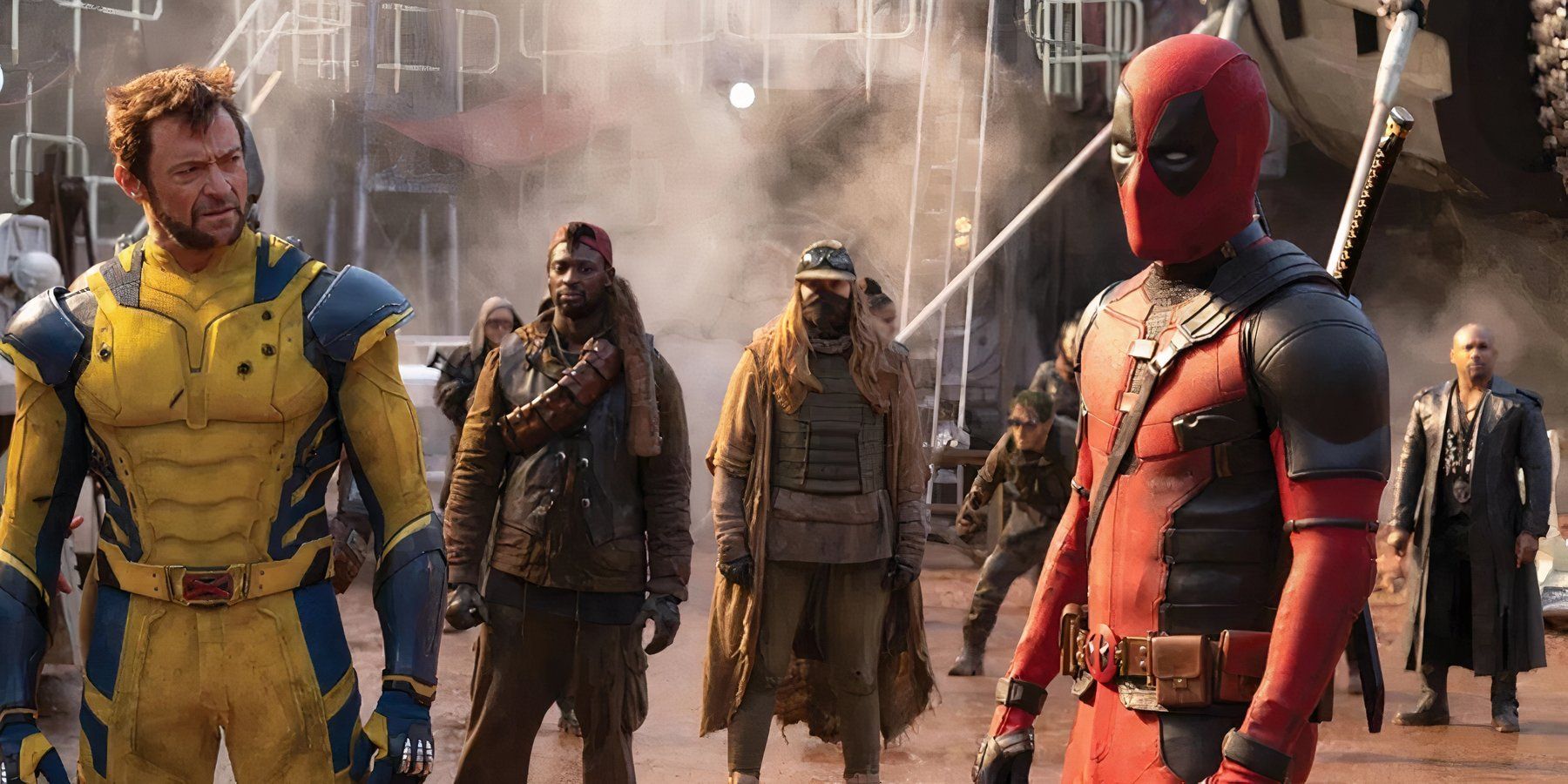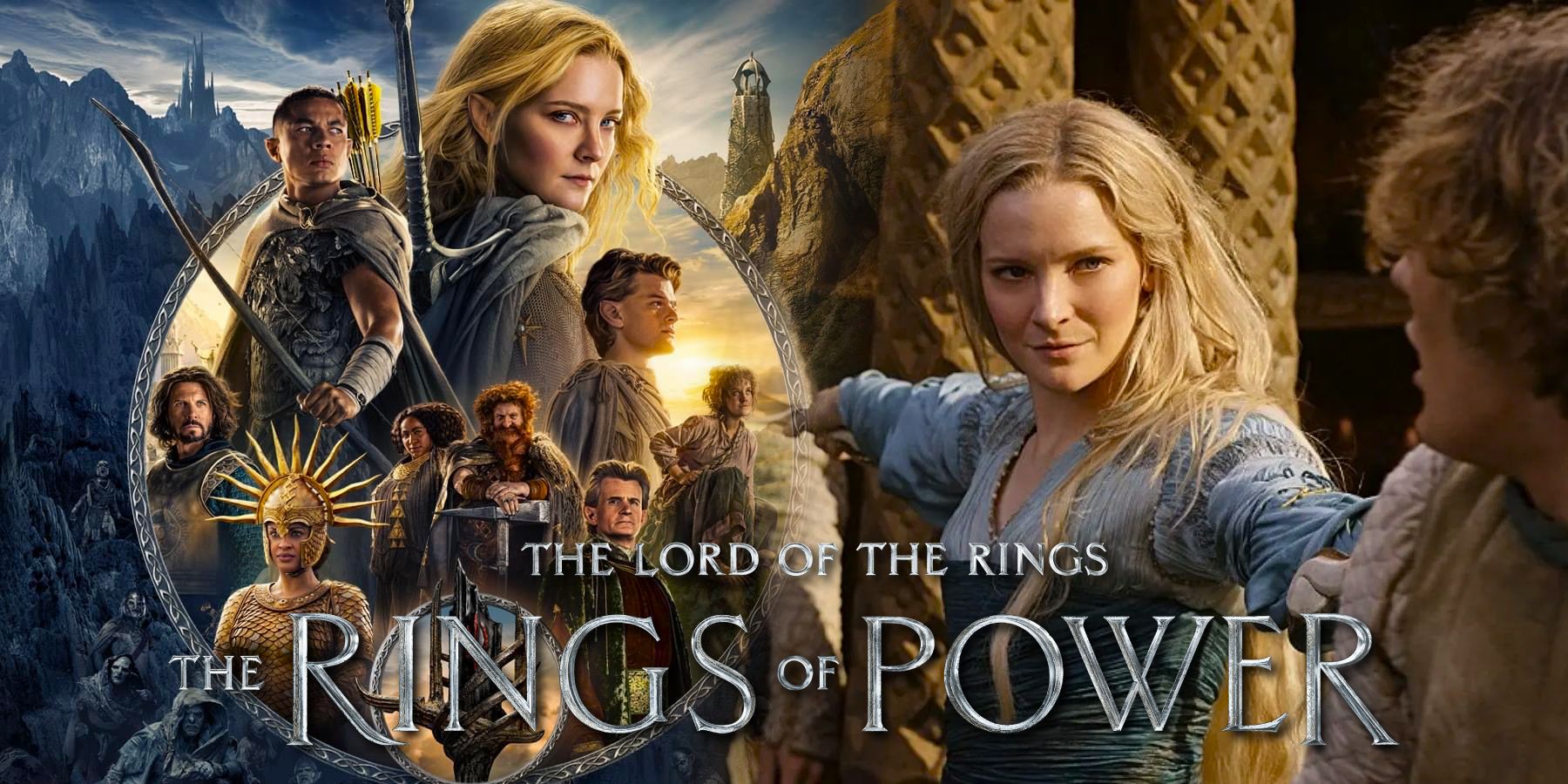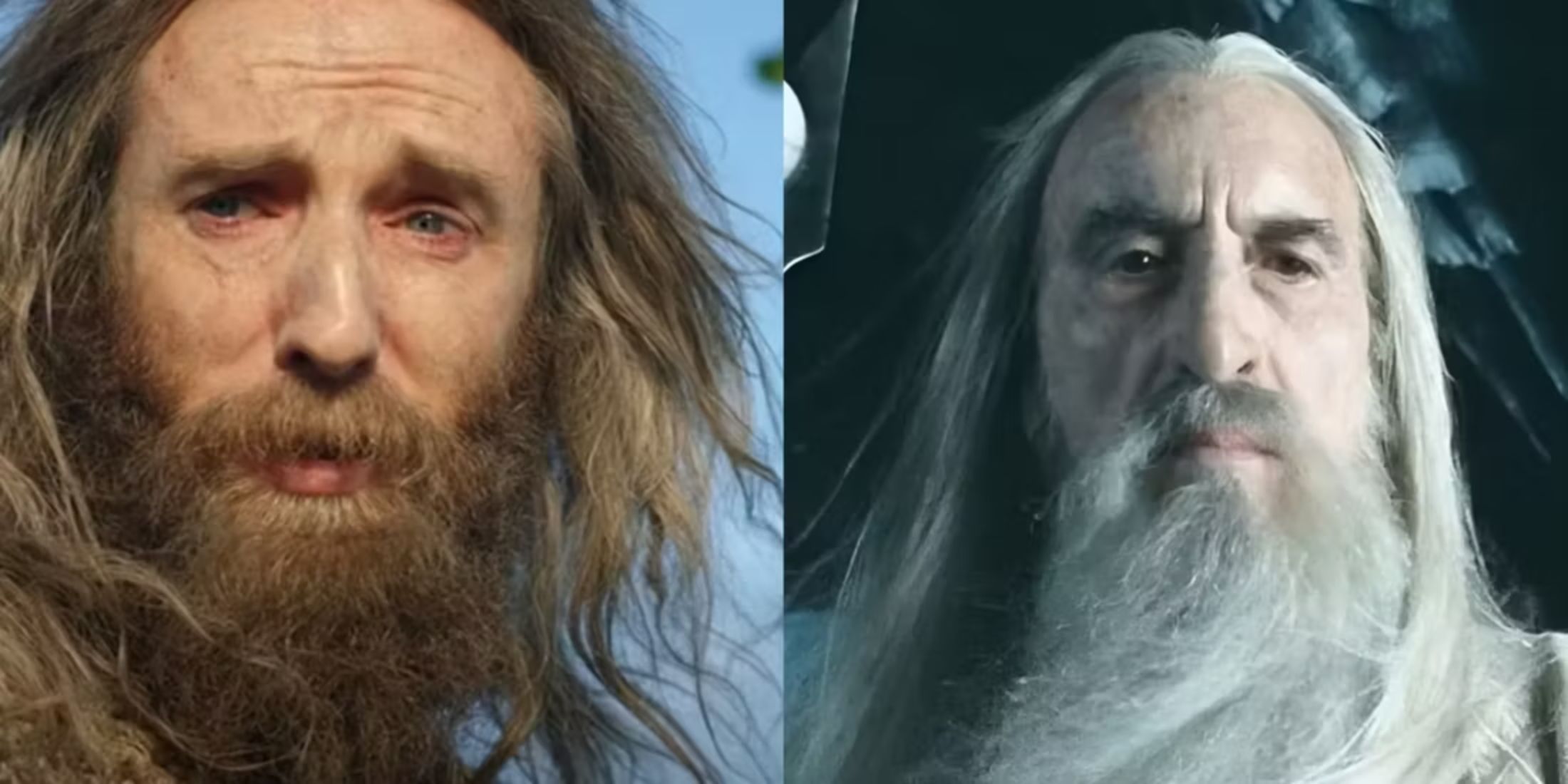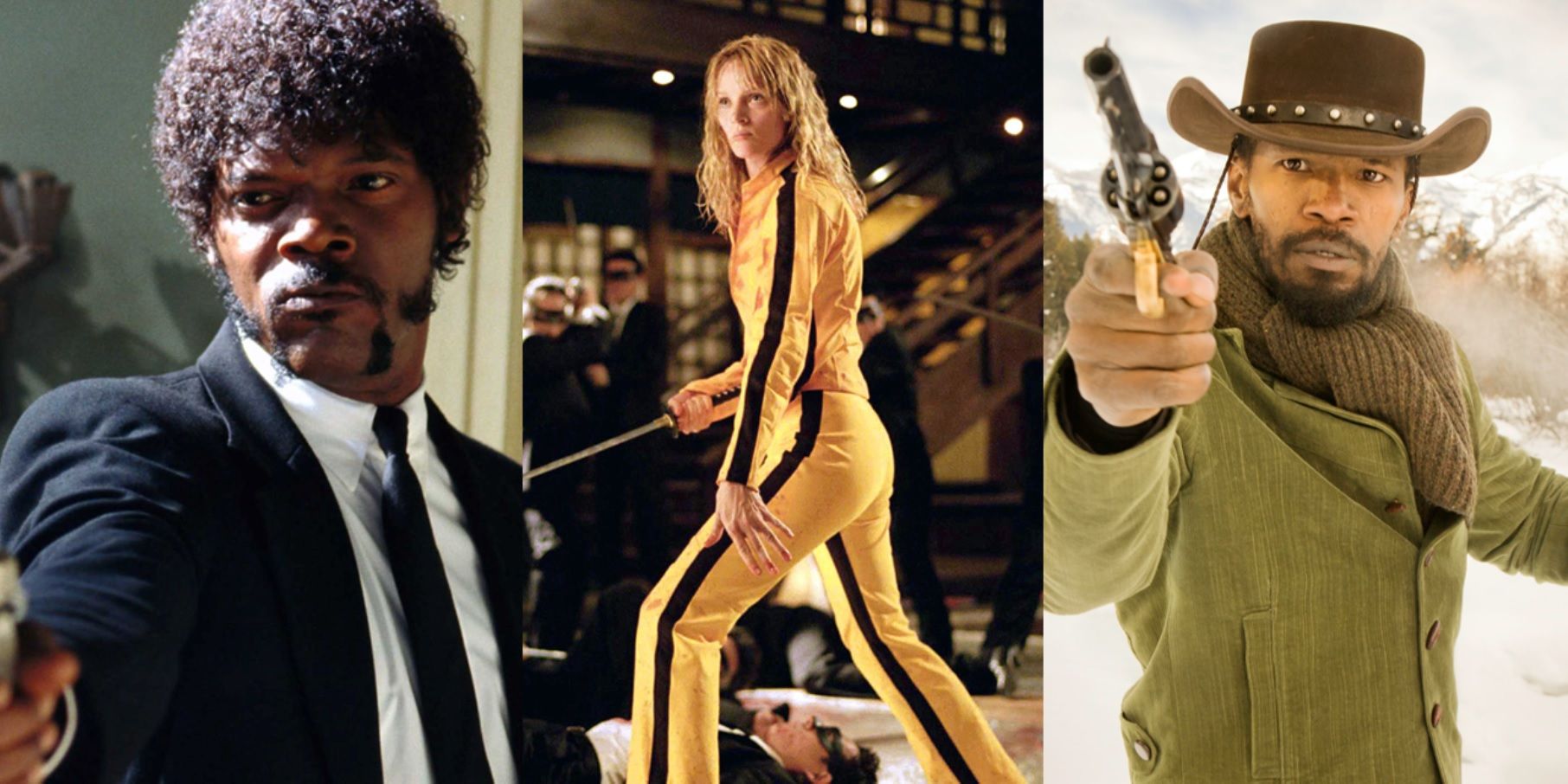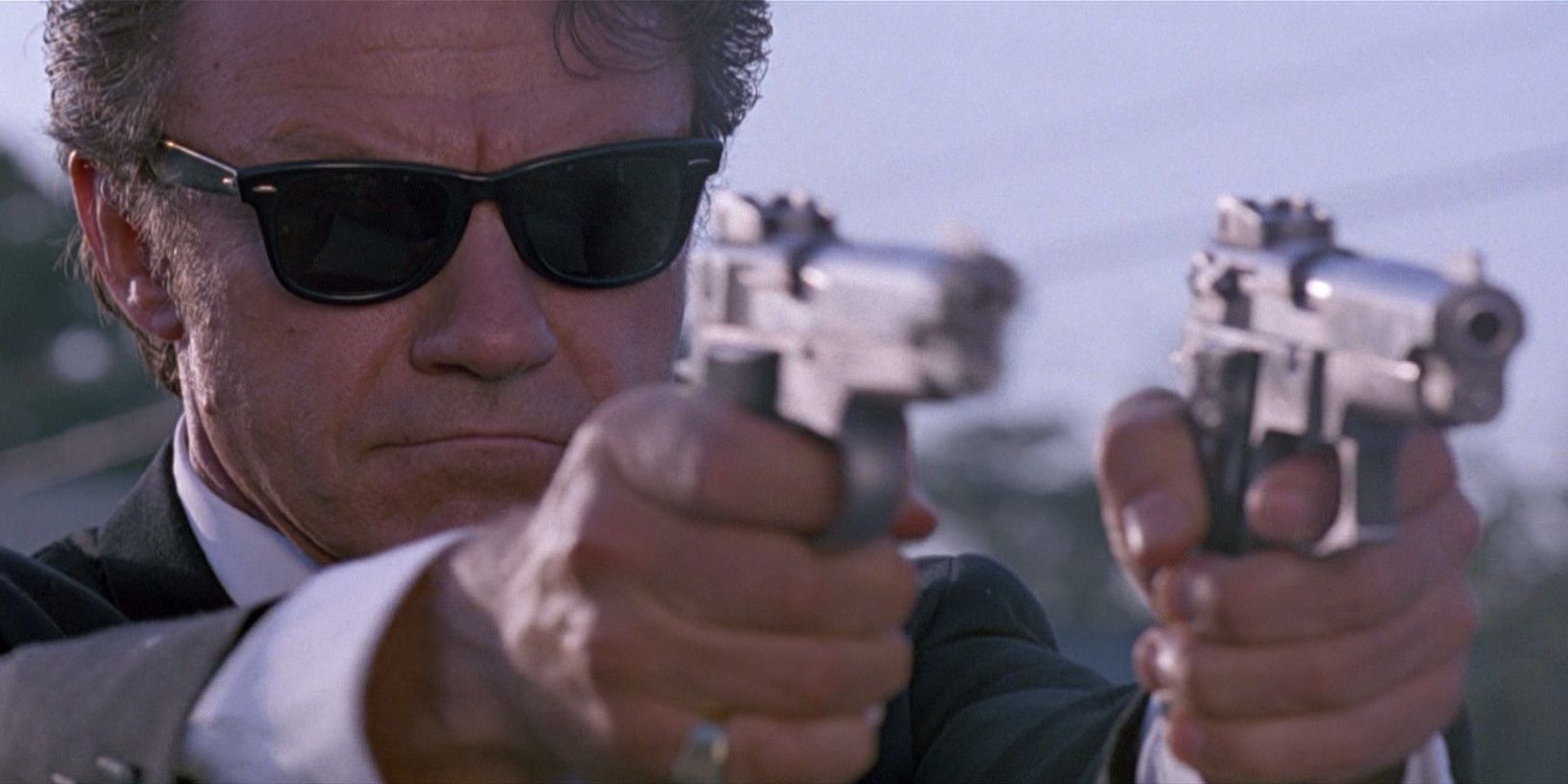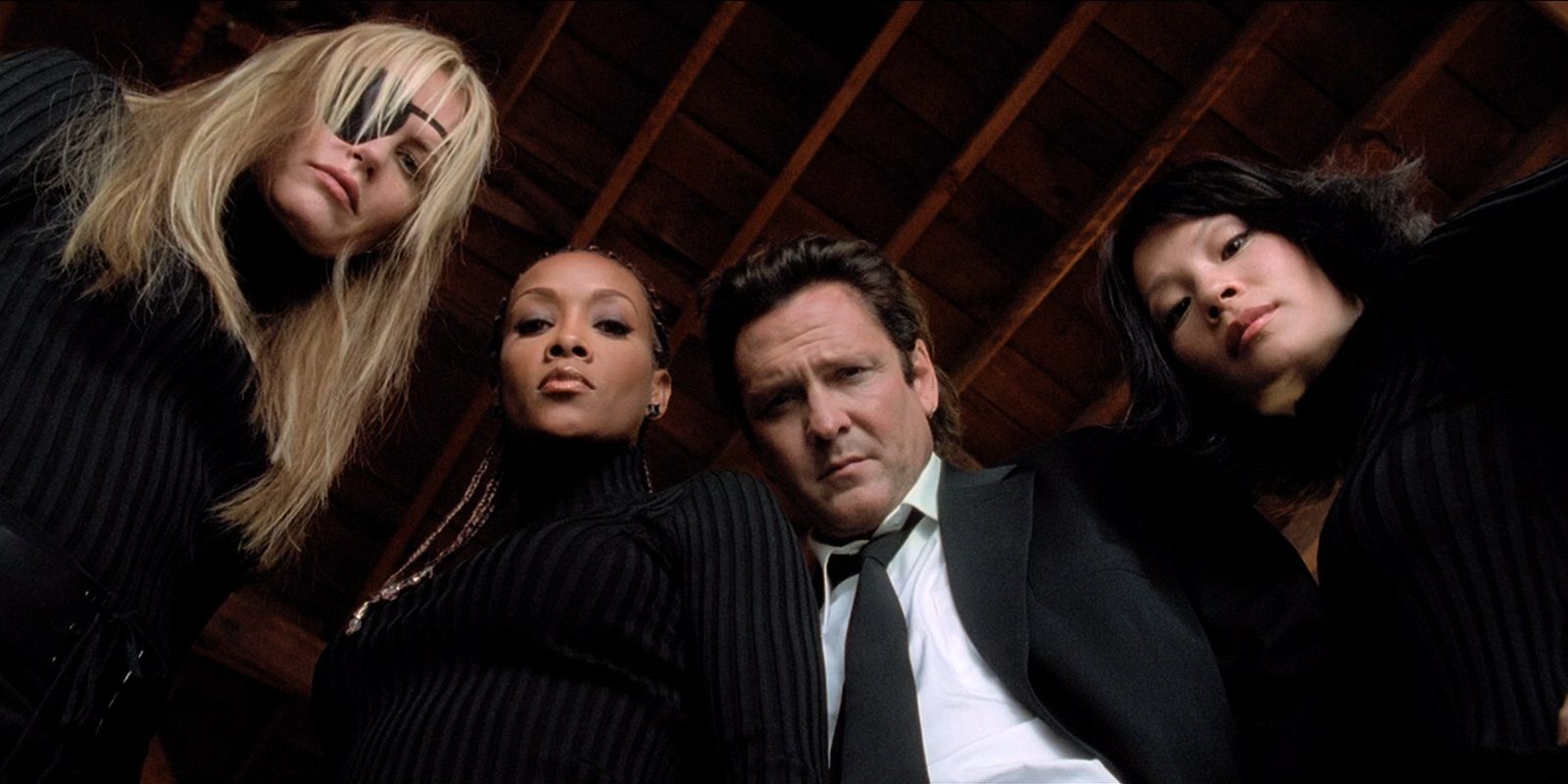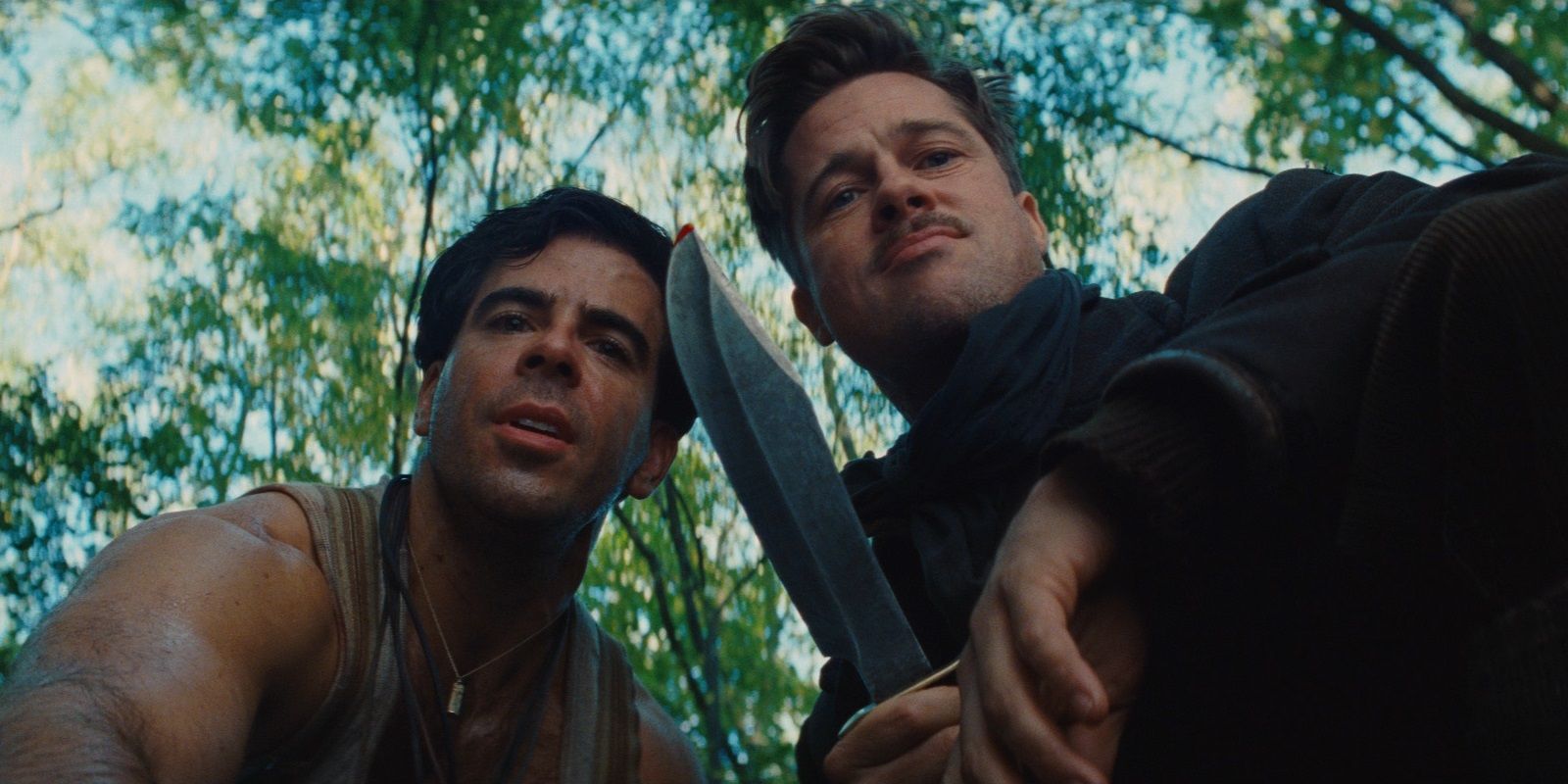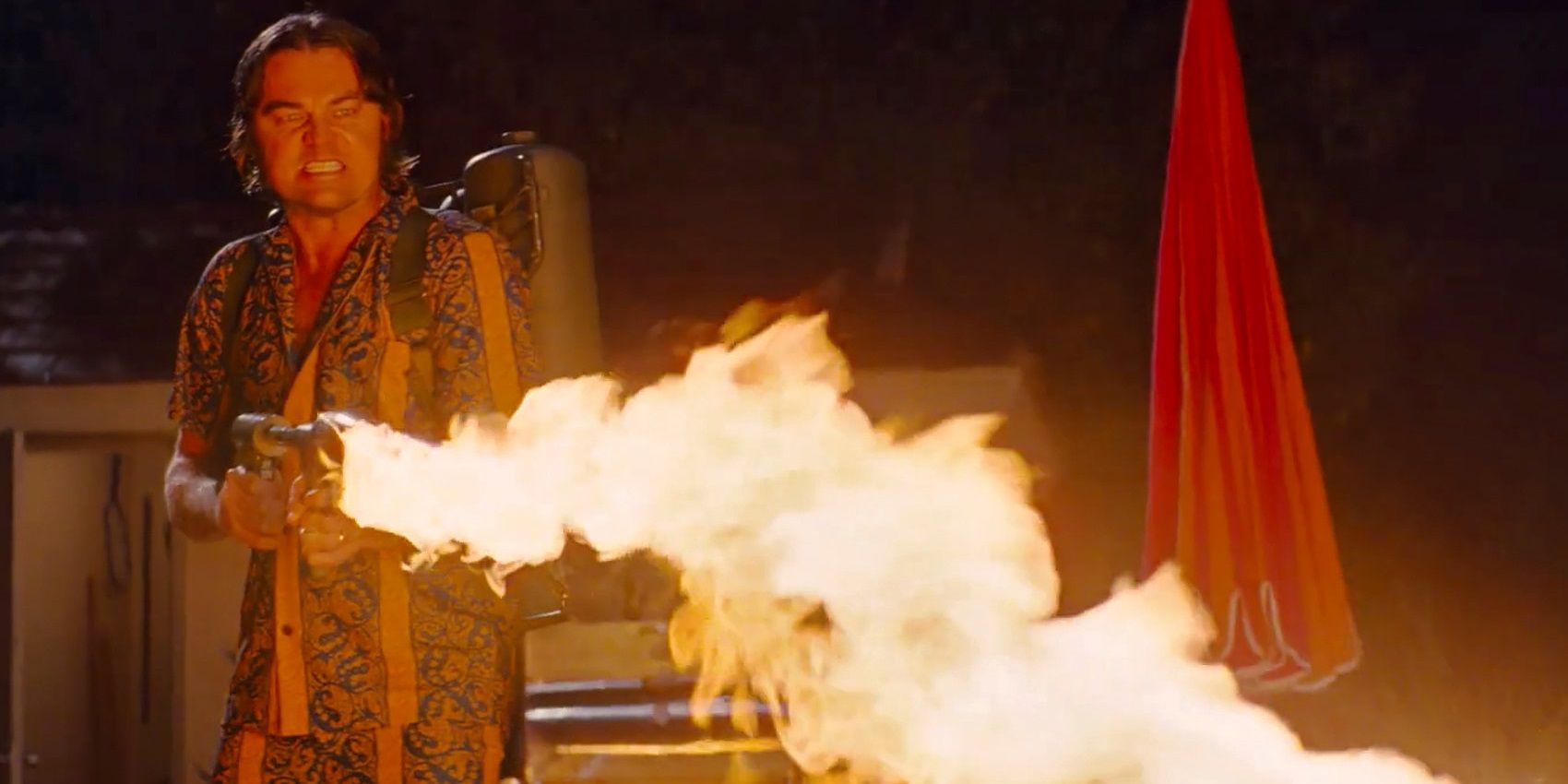For years, Quentin Tarantino has maintained his goal to retire from filmmaking after directing 10 movies. His most recent opus, Once Upon a Time in Hollywood, was his ninth writer-director credit (if Kill Bill only counts as one movie), so his next film could be his last. Considering how consistently entertaining and successful his movies are, this decision has baffled some fans. But Tarantino wants to avoid the mistake that most popular directors make. Just because studios will keep financing movie after movie from them, it doesn’t mean they have anything left to say.Most directors end their careers with a run of forgettable movies that tarnish their legacy. Tarantino can dodge that bullet if Once Upon a Time in Hollywood and whatever he cooks up next (assuming it’s a masterpiece) are the last movies he ever makes. 10 is a nice, round number to end on; the entire Q.T. oeuvre can be neatly packaged in a definitive Blu-ray boxset charting the filmmaker’s evolution from his game-changing debut to his upcoming swansong.Whenever he’s asked about it on a talk show or a podcast, Tarantino reiterates that he still plans to end his directorial career with his next film but admits that he has no idea what form the next movie will take (although Kill Bill: Volume 3 is on the table as a possibility). While it’s unclear how Tarantino will ring out his filmography, his legendary 30-year career can be distilled into three separate stages: hip ‘90s crime flicks, exploitation homages, and historical revisionism.
Hip ‘90s Crime Flicks: Reservoir Dogs, Pulp Fiction & Jackie Brown
Tarantino first established his distinctive take on genre cinema with his groundbreaking debut feature, Reservoir Dogs. In the early ‘90s, Reservoir Dogs was part of a wave of hits that revitalized American independent cinema. Audiences were blown away by this fun, stylish, thrilling crime movie that subverted expectations at every turn with an off-screen heist and a Seinfeldian conversation about the etiquette of tipping. Tarantino used the slick Parisian style of Jean-Pierre Melville’s neo-noirs and the bombastic ultraviolence of Sergio Corbucci’s spaghetti westerns to reinvigorate the dying American crime film.
After Reservoir Dogs made a huge splash, Tarantino stood up to the challenge of outdoing himself with his next movie. Postmodern Palme d’Or-winning masterpiece Pulp Fiction took all the stylistic hallmarks established in Reservoir Dogs – pitch-black humor, pop culture references, putting a realistic spin on genre situations – to the nth degree. Its anthology format starts off with familiar noir-y scenarios like a mob boss bribing a boxer to take a dive and then takes a radical left turn into the underground sex dungeon of a pawn shop. Reservoir Dogs was a perfect introduction to Tarantino’s cinematic style, but Pulp Fiction solidified his idiosyncratic voice.
With his third film, Tarantino stuck to the crime genre but circumvented the pressure to go even bigger than Pulp Fiction with a smaller, more character-focused piece. Based on Elmore Leonard’s Rum Punch, Jackie Brown was Tarantino’s first adaptation of another writer’s work (and remains his only adaptation to date). It’s essentially a hangout movie, leaving plenty of room for the characters and their relationships to breathe between the crucial plot points. While Jackie Brown was too nuanced and understated to match Pulp Fiction’s blockbuster success, it’s been reappraised as Tarantino’s most mature and underappreciated film.
Exploitation Homages: Kill Bill & Death Proof
With his fourth film, Tarantino left the crime genre behind in favor of a straightforward action movie. Kill Bill originated as a cut-and-dried revenge thriller, but ended up becoming such an enormous epic that it had to be split into two movies. It starts off with the most classic setup in exploitation cinema: a ruthless antihero is left for dead by a band of would-be killers that she swears revenge on. Kill Bill is arguably Tarantino’s most ambitious cocktail of genre homages. Its two parts incorporate just about every action subgenre under the sun: spaghetti westerns, film noirs, spy thrillers. Each member of the Deadly Viper Assassination Squad represents a different genre: Vernita Green represents blaxploitation, O-Ren Ishii represents martial arts movies, etc.
Tarantino followed up Kill Bill with Death Proof, his half of the double feature Grindhouse. Although it’s widely regarded to be Tarantino’s worst movie – including by the director himself – Death Proof is a must-see gem for fans of exploitation cinema. Its high-concept premise of a murderous stunt driver targeting young women in his “death-proof” stunt car is the perfect intersection between two of the most beloved exploitation subgenres: slashers and carsploitation.
Historical Revisionism: Inglourious Basterds, Django Unchained, The Hateful Eight & Once Upon A Time In Hollywood
Tarantino had been talking about a World War II movie for years before Inglourious Basterds finally came together in 2009. The movie was well worth the wait, praised as one of Tarantino’s finest movies for a number of factors. It has one of his most unique, original screenplays, and Christoph Waltz’s Oscar-winning turn as S.S. Col. Hans Landa has been hailed as one of the most chilling movie villains of all time. Above all, the movie was notable for killing off Adolf Hitler in a wildly inaccurate fashion. In Tarantino’s version of history, Hitler’s cronies were burned alive by a Jewish refugee while the Führer himself was gunned down by Jewish American soldiers.
After Inglourious Basterds became a cultural sensation for using the power of cinema to exact historical vengeance, Tarantino took it a step further with his next movie, Django Unchained, a spaghetti western set in the antebellum-era Deep South. This movie bluntly addresses the evils of American slavery, but also gives the audience the satisfaction of seeing an ex-slave go from plantation to plantation, killing vicious white slavers.
Tarantino’s follow-up to Django was another brutal revisionist western, The Hateful Eight, that feels like a sort of postscript exploring some of the same themes. The Hateful Eight continues Tarantino’s stateside update of the Italian spaghetti western style, but where Django was a sprawling epic set across the Deep South, The Hateful Eight is a character-driven chamber piece confined mostly to Minnie’s Haberdashery. Like Django, it tackles contemporary sociopolitical issues through a historical lens by turning the tables on history’s oppressors. Samuel L. Jackson’s Major Warren goads Bruce Dern’s sadistic Confederate general into drawing his pistol so he can shoot him dead.
In his latest film, Once Upon a Time in Hollywood, Tarantino played around with the audience’s familiarity with his style. After Basterds and Django, Tarantino fans went into his Manson-era movie expecting to see some historical retribution. Ultimately, Once Upon a Time in Hollywood isn’t as Manson-focused as its trailers suggested. The context of the Manson murders takes a backseat to Tarantino’s exploration of the end of Old Hollywood, which he examines through the endearing friendship of a has-been TV cowboy and his unemployed stunt double. But the Manson context comes full circle in gruesomely satisfying fashion in the finale.
Since Tarantino’s tenth and final film has yet to materialize, it could fall into any one of these categories or create a new category of its own. Death Proof and The Hateful Eight have horror elements, but Tarantino has never made a full-blown horror movie. A third Kill Bill movie could offer Tarantino the chance to throw every genre he always wanted to try out but never got around to into a blender. Based on the spotless track record he hopes to preserve, whatever Tarantino has in store for his final film, it’ll probably be awesome.

